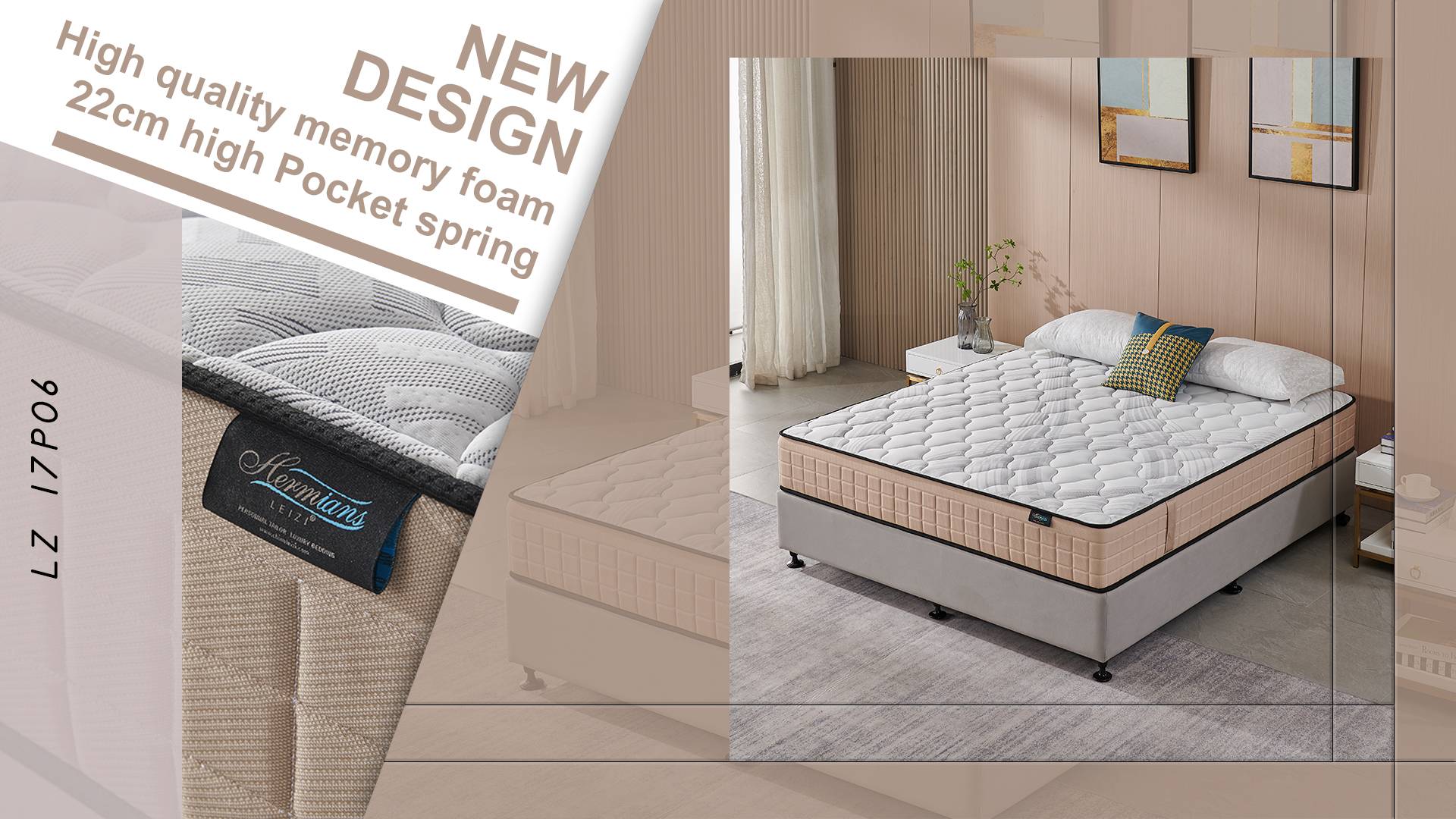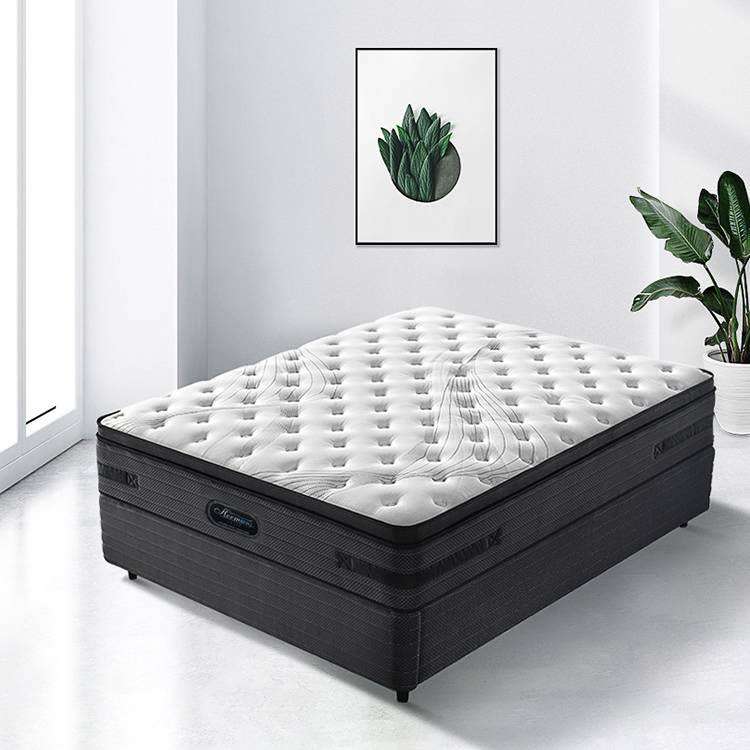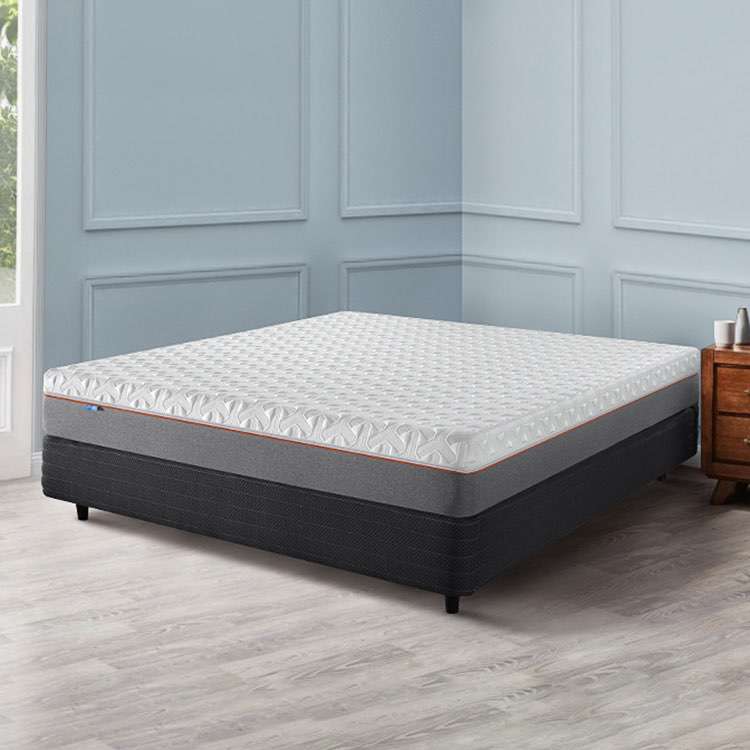Innovative Sleep Solutions: The Evolution of Memory Foam Mattresses
 FOSHAN LEIZI FURNITURE CO., LTD
FOSHAN LEIZI FURNITURE CO., LTD  April 28,2024
April 28,2024
Quality sleep is essential for overall health and well-being. As awareness of the importance of sleep grows, so does the demand for innovative sleep solutions. Among these solutions, memory foam mattresses have emerged as a popular choice for many consumers. In this article, we'll delve into the historical evolution, advancements in manufacturing techniques, and future trends of memory foam mattresses, including the emergence of soft memory foam mattresses and custom memory foam mattresses.
Introduction
In today's fast-paced world, characterized by relentless stress and pervasive distractions, attaining restful sleep has emerged as a significant challenge for many individuals. Amidst the demands of modern life, achieving the recommended duration of quality sleep has become increasingly elusive. However, the importance of sleep cannot be overstated, as it plays a fundamental role in maintaining optimal physical health, cognitive function, and emotional well-being. Adequate and restorative sleep is essential for the body to repair and rejuvenate itself, consolidate memories, and regulate mood and emotions.
Recognizing the critical role of sleep in overall well-being, researchers and innovators have embarked on a relentless quest to enhance the sleep experience. Their efforts have led to the development of various sleep technologies and interventions aimed at improving sleep quality and duration. Among these innovations, the advent of memory foam mattresses stands out as a notable advancement in sleep technology.
Memory foam mattresses offer a unique combination of support and comfort, thanks to their ability to contour to the body's shape and distribute weight evenly. This adaptive quality helps alleviate pressure points and reduce tossing and turning during sleep, resulting in a more restful and uninterrupted slumber. As a result, memory foam mattresses have gained widespread popularity among consumers seeking an improved sleep experience amidst the challenges of modern living.
Historical Overview of Memory Foam Technology in Mattresses
Memory foam, also known as viscoelastic foam, has a rich history dating back to the 1960s. Initially developed by NASA scientists, memory foam was engineered to improve cushioning and crash protection for airline pilots and passengers. Its unique properties allowed it to conform to the body's shape while providing adequate support and pressure relief, making it ideal for space travel.
In the early 1990s, memory foam technology transitioned from space exploration to the consumer market. This marked a significant milestone in the history of sleep technology, as memory foam mattresses offered a revolutionary alternative to traditional spring mattresses. Despite initial skepticism due to their unconventional feel and higher price point, memory foam mattresses quickly gained popularity as users experienced the unparalleled comfort they provided.
Over the years, advancements in memory foam manufacturing techniques have further enhanced the quality and performance of memory foam mattresses. Manufacturers have focused on improving foam density, durability, and heat regulation to address common concerns such as sagging and heat retention. Additionally, the introduction of gel-infused memory foam and open-cell foam structures has led to cooler, more breathable mattresses, catering to a wider range of sleep preferences.
As memory foam technology continues to evolve, it remains at the forefront of sleep innovation, offering unmatched comfort and support for sleepers around the world. From its origins in space-age technology to its widespread adoption in the consumer market, memory foam has truly revolutionized the way we sleep.
Advancements in Memory Foam Manufacturing Techniques
The journey of memory foam mattresses from their inception to their current state of popularity has been marked by continuous advancements in manufacturing techniques. These innovations have played a crucial role in enhancing the durability, comfort, and overall performance of memory foam mattresses.
One of the primary challenges initially faced by memory foam mattresses was their tendency to sag and lose shape over time. To address this issue, manufacturers focused on improving foam density and refining manufacturing processes. By increasing foam density, they were able to create mattresses that better retained their shape and provided long-lasting support.
Another significant advancement in memory foam technology was the introduction of gel-infused memory foam. Traditional memory foam mattresses were known for retaining heat, leading to discomfort, especially for those who are prone to sleeping hot. Gel-infused memory foam addressed this issue by incorporating cooling gel particles into the foam structure, which helped dissipate heat more effectively, resulting in a cooler and more comfortable sleep surface.
Furthermore, the development of open-cell foam structures represented a breakthrough in memory foam manufacturing. Traditional memory foam mattresses had a dense cell structure that could trap heat and moisture, leading to a stuffy and uncomfortable sleep environment. Open-cell foam structures, on the other hand, allowed for better airflow and breathability, preventing the buildup of heat and moisture and promoting a cooler and more refreshing sleep experience.
In addition to addressing heat retention issues, manufacturers have also focused on incorporating eco-friendly materials into memory foam mattresses. With growing environmental concerns, there has been a shift towards using plant-based materials and sustainable manufacturing processes. These eco-friendly alternatives not only reduce the environmental impact of memory foam production but also appeal to consumers who prioritize sustainability in their purchasing decisions.
Overall, advancements in memory foam manufacturing techniques have significantly improved the quality and performance of memory foam mattresses. From enhanced durability to better heat regulation and eco-friendly materials, these innovations continue to shape the evolution of memory foam technology, ensuring that sleepers enjoy the utmost comfort and support night after night.
The evolution of memory foam mattresses has been nothing short of remarkable, revolutionizing the sleep industry and transforming the way we approach sleep. From their origins in space-age technology to their widespread adoption in the consumer market, memory foam mattresses have undergone significant advancements in manufacturing techniques, comfort, and sustainability.
Looking ahead, the future of memory foam mattresses holds even greater promise. With advancements in smart technology, responsive foam technology, and sustainable materials, memory foam mattresses are poised to continue providing unparalleled comfort, support, and customization for sleepers around the world.
As our understanding of sleep science deepens and consumer preferences evolve, memory foam mattresses will continue to adapt and innovate to meet the changing needs of sleepers. Whether it's personalized sleep tracking, dynamic pressure relief, or eco-friendly materials, the possibilities for innovation in memory foam technology are endless.
In conclusion, memory foam mattresses have come a long way since their inception, and their journey is far from over. As we embrace the future of sleep technology, memory foam mattresses will remain at the forefront, shaping the way we sleep for years to come.












